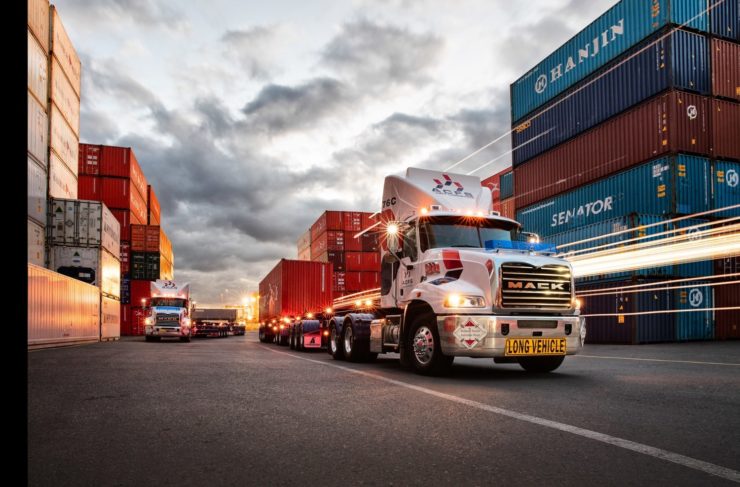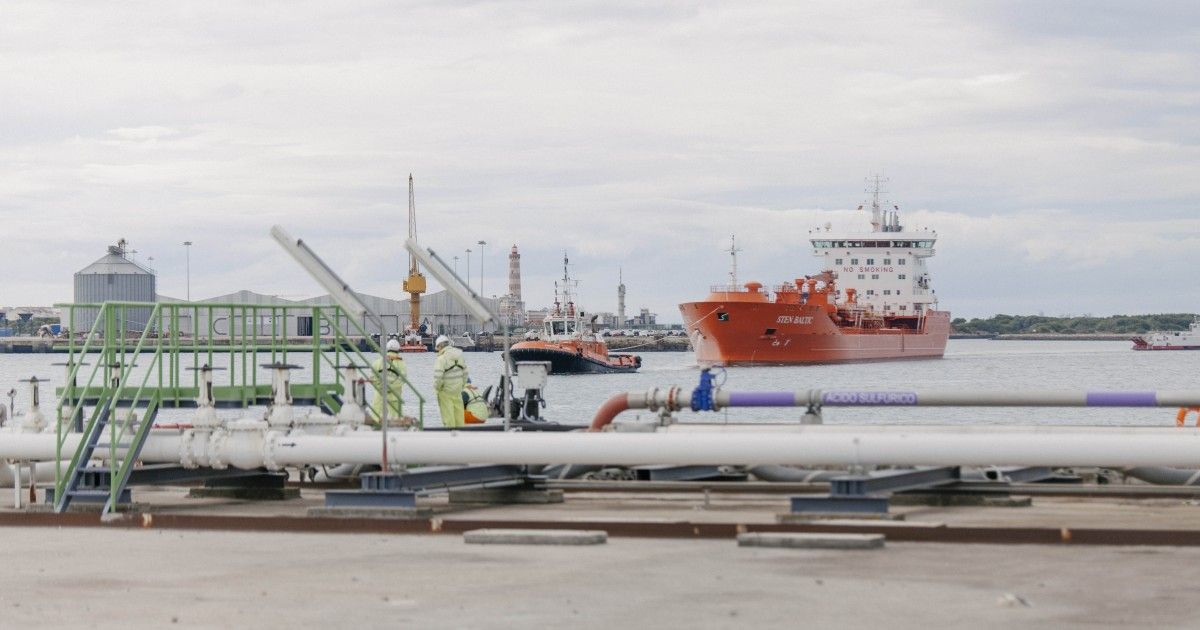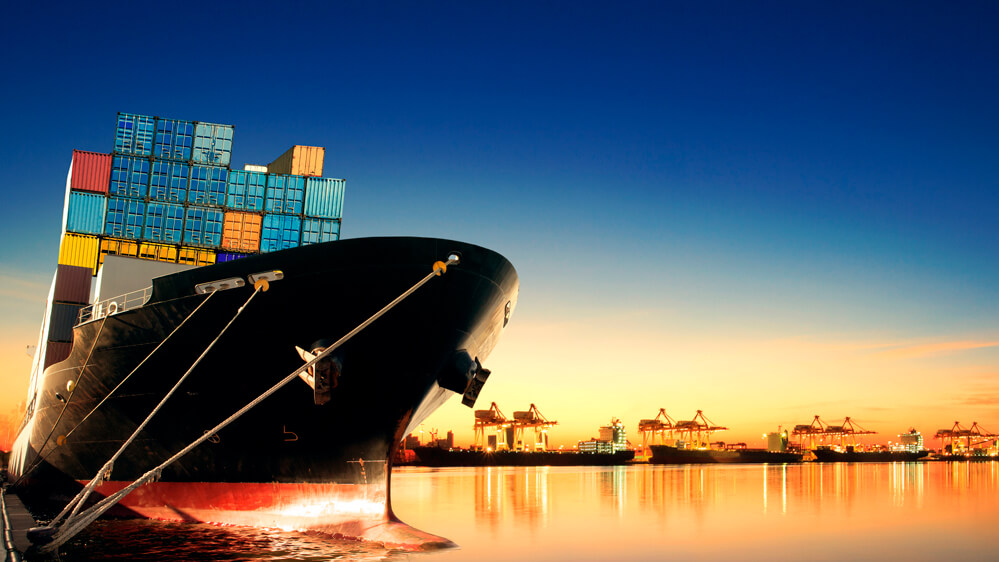OBLIGATIONS OF THE COMPANY AND OF THE SHIPPER
ACCORDING TO THE CRITERIA ADOPTED BY COMPANIES IN THE OIL INDUSTRY, CABOTAGES MUST BE SUSTAINED AND CONTROLLED BY BOTH PARTIES COMPANY / SHIPPER.
The Company must issue Shipment Maps well in advance, in order to be able to circumvent any type of failure, unforeseen events or incidents in advance.
Usually, the Terminals issue, according to the production and operation criteria, Provisional Quarterly Plans, which are normally sent to the Dispatchers for the purpose of work coordination, as well such as planning and logistical management in the case of freight forwarders.
During the Monthly Plan already há a more realistic view of the Quantities to be dispatched, and will then be sent punctually to the Broker, notifications of loading with due advance.
After the information exchanged between the Parties, it is now up to the Broker to exchange details with the Shipping Agent, for the issuance of a delivery note and Manifest, thus allowing the processing; Exit/Entry Cabotage Guide and obtainment of the competent authorization from the Responsible of the Navigation Department and the Fiscal Police for permission to exit the ship.
É It is extremely important that the information exchanged between the parties is as reliable as possible, to avoid situations of default, about unexpected stays, fines, delay fees in wet waters, etc. .
These are always situations that are likely to happen and that end up increasing the cost of customs expenses and consequently increasing the price of goods.
-
The "Bunker Clearance" according to the guidelines of the Customs Code and the assumptions established in the Organic Statute of Customs says, must be processed according to an Export clearance.
p>However, the process itself from the negotiation of the fuel itself to the end of the process. supply and Customs Clearance goes through a series of phases, which I would like to leave here expressed, For a better understanding of what is really happening. a "Bunker" dispatch
-
Before the 70's, the activity of "bunkers" was dominated by the largest companies, also designated by seven brothers: BP, Chevron, Esso, Gulf, Mobil, Shell and Texaco.
Currently large oil companies, state-owned companies, independent oil groups, as well as local specialists are involved in this activity.
-
Some commercial aspects about Bunkers;
In the operation of the bunkers, several elements are involved:
- Owners of vessels;
- Buyers (owner, manager or the entity that leases the vessel);
- Intermediaries (brokers and/or traders);
- The supplier;
- The agent who makes the delivery;
- The Inspector;
- The user (the ship's crew)
An important aspect has a lot to do with the interconnection between the different elements, from the owner of the vessel to the owner of the vessel. to the process of refueling the boat, as illustrated in the following diagram:

-
Dispatchers and traders are both facilitators or intermediaries, but traders are those who have agreements with suppliers, in terms of supply contracts, credits, etc. Sometimes Dispatchers can deliver and establish a relationship with suppliers without needing traders.
-
Steps of a business relationship (from Bunker)
-
The buyer makes a request for fuel to be supplied at a port on a certain date and invites the sellers to make a price offer.
-
Sellers make the offer based on their own position, opinion of the buyer and their perception of the market;
The buyer compares the offers and establishes negotiations with the different suppliers until the end of the period. reaching an agreement;
-
-
After delivery, the supplier presents the invoice together with supporting documentation;
-
The buyer pays in accordance with the terms and conditions established in the commercial relationship.
- Who é the buyer?
- Which é the name of the ship?
- Which port will it be in; refueling done?
- What day and time?
- What kind of fuel do you need, as well as specifications?
- What are the amounts?
- When é who needs the price offer?
- Which é the docking date?
- To whom do you owe; the offer be sent?
- There will be any special conditions?
In this relationship é It is always necessary that everything is properly clarified to avoid that one of the parties is harmed. The answers to the following questions help clarify the process:
Usually the period between the request and the mooring of the boat is; from 7 to 10 days due to customs regularization issues. Longer periods are not recommended due to possible price changes. The price offer must contain all the elements, namely, the base price, the delivery price, the delivery costs, other extraordinary costs, payment terms and conditions, commissions; es, validity and others.
The price should be be in different currencies, and the quantities in different units. However, prices in USD/TM are used internationally. É I need to indicate in the delivery costs all fees due, such as pipeline fee, docking fees, over stays, etc...
As for payment terms, the following modalities are used:
Normally 30 days credit; in some cases 60 to 90 days
Payment in advance: There is a risk that the quantities supplied will not match those paid.
Once you accept the price and payment terms, there is; need to make a letter of confirmation and acceptance of the order. The letter must be sent by fax or telex, with all details included. The use of fax or telex ensures that the document was actually received (or sent).
After the discussions have been concluded and understandings reached, é It is important to ensure that all the information necessary for the delivery has been detailed in a timely manner. On the other hand, all data relating to the ship's arrival (ETA) and the completion of the Bunker must be delivered to the agent, supply entity or, if any, the inspector.
-
Bunkering Operation
A Bunkering operation itself involves several factors to take into account. The ship operator must; effectively estimate the amount of fuel needed to fill up. He never will. leave with more fuel than necessary unless it's cheaper than the next port on your route and the next bunkers won't affect your freight earnings.
In turn, the supplier must; inquire about the ship and its cargo to ensure that your offer will be practice. The best sources of this information could be the ships' agents and the Dispatchers.
Some measurements must be made before the filling operation, such as:
Determining the tongue (ULLAGE) that is; the distance from the top of the reservoir à surface of the liquid;
Sounding that é the depth of the product;
Reference height: Distance between the bottom of the tank and the top of the tank.
Based on these data, the amount of product contained in the ship's tank can be determined. Of course there is; need to use units based on observed temperature. (in Europe the reference temperature is 15ºC).
-
Pipeline Pumping
Pudding by pipeline requires that there are minimum quantities and that the bunker connections must be properly fixed. Often the same line of Diesel é used for fuel oil. The quantities supplied are made by sounding or by a floating ruler.
-
Bombing by Tanker Truck
The tank should be be as close to the ship as possible. The realistic limit é of about 200 meters. It usually has a floating ruler that registers a delivery ticket; It has an unloading capacity in about 30 minutes. In some ports é It is possible to unload about 1000 metric tons per Tanker Truck at a speed of about 50 TM/hour
-
Boat to boat pump
This bunker é usually done on the high seas. Boats can pump about 300 TM/hour and some of them 1000 TM/hour, but only a few ships can receive at this speed. On average, boats support a pumping speed of about 100 TM/hour. This practice é very common in fishing, where a large tonnage vessel goes à supply the coast to later feed small vessels on the high seas, this to ensure that the process of catching fish takes place without major interruptions.
Duration of a bunker
If we consider a bunker of 500 TM of 380 cSt fuel oil and 25 TM of diesel, we will have the following time distributed in stages:
- Mooring: 10 minutes if the weather is good;
- Hose Connection: 20 to 30 minutes (depends on the equipment used);
- Supply: 2.5 hours;
- Measurement, disconnection and documentation check: 1 hour.
A total of about 4 hours of operation, considering pumping at 300 TM/hour.
É always important before Bunker certifies:
- The type and amount of fuel;
- Check if there is; enough space in the tank;
- Confirm the communication method;
- Confirm the pumping stop method;
- Ensure that pollution prevention actions are in place and prepared.
- Check Initial Quantities. (Opening Gauges), during the making of the Bunker
- É I need you to always be on site (delivery and ship).
- Track the level of product in the tank;
- Ensure that the product is being collected;
- The pumping speed will be able to change suddenly; you should never just assume that the proportion is é always constant.
Só after having completed all these operational formalities and having made sure that in terms of invoicing, they are ok; everything correct, if you caná start the Customs clearance process, on the basis of Regime 21/700 – Definitive Export Regime with Procedure Code "700".



